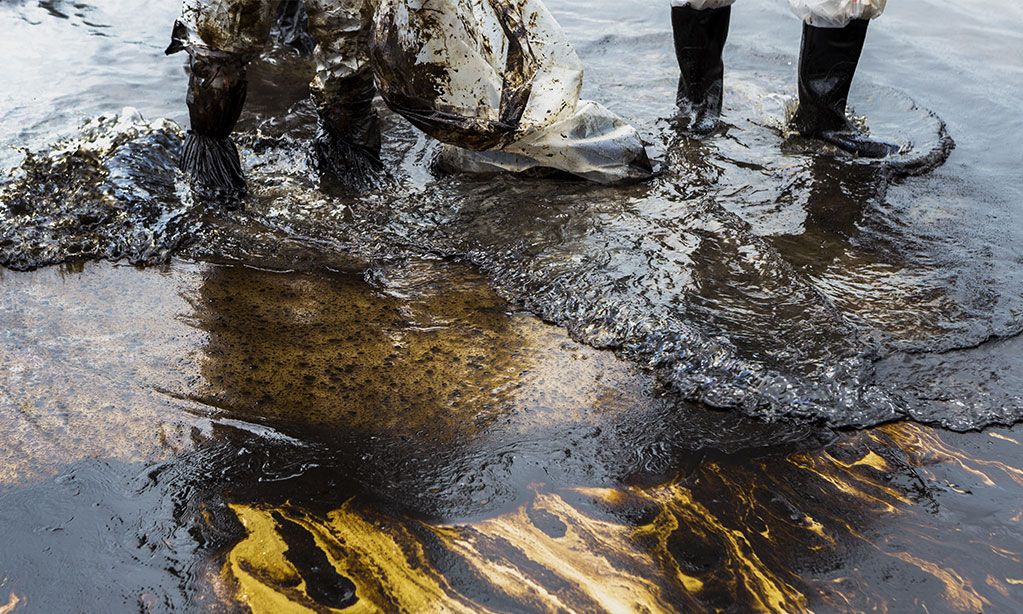
RECENT POSTS

Oil Spill Reporting Requirements
If a facility or vessel discharges oil to navigable waters or adjoining shorelines, waters of the contiguous zone, or in connection with activities under the Outer Continental Shelf Lands Act or Deepwater Port Act of 1974, or which may affect natural resources under exclusive U.S. authority, the owner/operator is required to follow certain federal reporting requirements.
These requirements are found in two EPA regulations:
-
40 CFR part 110, Discharge of Oil regulation
-
40 CFR part 112, Oil Pollution Prevention regulation
The Discharge of Oil regulation provides the framework for determining whether an oil discharge to inland and coastal waters or adjoining shorelines should be reported to the National Response Center. A harmful quantity is any quantity of discharged oil that violates state water quality standards, causes a film or sheen on the water’s surface, or leaves sludge or emulsion beneath the surface. For this reason, the Discharge of Oil regulation is commonly known as the “sheen” rule. Note that a floating sheen alone is not the only quantity that triggers the reporting requirements (e.g., sludge or emulsion deposited below the surface of the water may also be reportable). Under this regulation, reporting oil discharges does not depend on the specific amount of oil discharged but instead can be triggered by the presence of a visible sheen created by the discharged oil or the other criteria described above.
A facility should report discharges to the National Response Center (NRC) at 1-800-424-8802 or 1- 202-426-2675. The NRC is the federal government’s centralized reporting center, which is staffed 24 hours per day by U.S. Coast Guard personnel. If reporting directly to NRC is not practicable, reports also can be made to the EPA regional office or the U.S. Coast Guard Marine Safety Office (MSO) in the area where the incident occurred.
Any person in charge of a vessel or an onshore or offshore facility must notify NRC immediately after he or she has knowledge of the discharge.
If a facility is regulated under the SPCC rule and has a reportable discharge according to EPA regulations (see below), it must be reported to both NRC and EPA.
Any facility owner/operator who is subject to the SPCC rule must comply with the reporting requirements found in §112.4. A discharge must be reported to the EPA Regional Administrator (RA) when there is a discharge of:
-
More than 1,000 U.S. gallons of oil in a single discharge to navigable waters or adjoining shorelines
-
More than 42 U.S. gallons of oil in each of two discharges to navigable waters or adjoining shorelines occurring within any twelve-month period
When determining the applicability of this SPCC reporting requirement, the gallon amount(s) specified (either 1,000 or 42) refers to the amount of oil that actually reaches navigable waters or adjoining shorelines, not the total amount of oil spilled.
The EPA Regional Administrator will review the information submitted by the facility and may require a facility to submit and amend its SPCC Plan. Facilities and equipment that qualified for the new streamlined requirements may lose eligibility for those options as determined by the Regional Administrator. A state agency may also make recommendations to EPA for a facility to amend its Plan to prevent or control oil discharges.
Related Articles
Subscribe for Updates:
Sign up here to get the latest news, rules, and regulations and delivered right to your inbox.